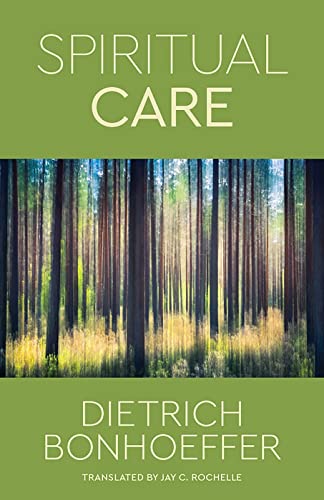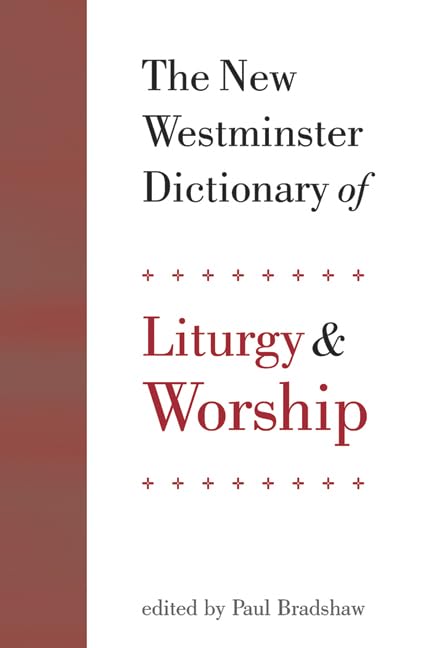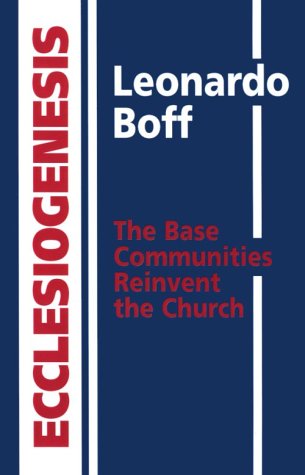Why Believe in God?
Written by Michael Goulder and John Hick Reviewed By Steve BradyIf you have ever wondered what is your theological hue—here is the answer! For Michael Goulder provides a colour chart for you. Crimson (and cardinal red for the Archbishop of Westminster!), blushing pink, magnolia and even snow white are on offer. Still interested? Then read on!
The book is the result of a debate on the existence of God between the respective authors which took place at the University of Birmingham in November 1982, attracting a fee-paying audience of nearly 200. Both authors contribute three chapters each. And as may be expected when old friends and ex-colleagues debate, there is a gentlemanly and dignified approach to the subject matter. If we were to think of it in boxing terms, it is more of a sparring match than a world title fight. And that leads us nicely back to colours again.
In the ‘blue’ corner we have Michael Goulder, short-time CICCU member turned radical theologian, who felt the logic of his position demanded atheism and, accordingly, resigned his Anglican orders in 1981. As atheism according to Hick paints such a dark and depressing scenario, so Goulder’s corner colour seems appropriate. In the other corner is Hick. At one time this corner would have been a definite ‘red’, since Hick lays claim to an evangelical conversion whilst a student over 40 years ago at Hull University. But now it is unmistakably ‘white’, to use Goulder’s chart.
‘Round one’ is Goulder’s pilgrimage to atheism, and ‘two’ is Hick’s apologia that religious experience points to a transcendent Reality. ‘Three’ is an exposé by Goulder of the ambiguity of such experience and a devastating critique of radical theology which has dispensed with ‘evidence’ for ‘experience’. Hick’s reply in the ‘fourth’ only confirms Goulder’s point in the ‘fifth’: ‘how little, in John’s view, God does.… It is close to the view known as Deism’ (p. 87). By the ‘sixth’ Hick is looking for other ‘opponents’ outside the immediate ‘ring’. Not quite a knock-out to Goulder, but a points win, I would say.
So atheism won the contest? On Hick’s presuppositions I think so. But as Goulder concedes, ‘The old red-blooded religion had a lot going for it. It carried the authority of heaven.… It culminated in the supreme act of divine humility, the incarnation.… It hushed man’s guilt by the blood of the cross’ (p. 95). If he had stayed with such a theology then we may conjecture that his seeming autobiographical cri de coeur (‘open-hearted men seek a felt presence of God in years of prayer, and are disappointed’, p. 63) would have been satisfied. Then he would have been in the ‘red’ corner. And what a ‘fight’ that might have been!
Steve Brady
Moorlands College







